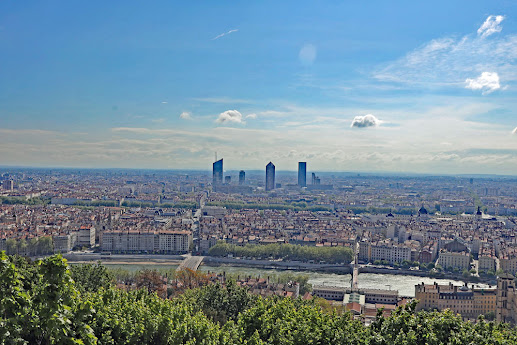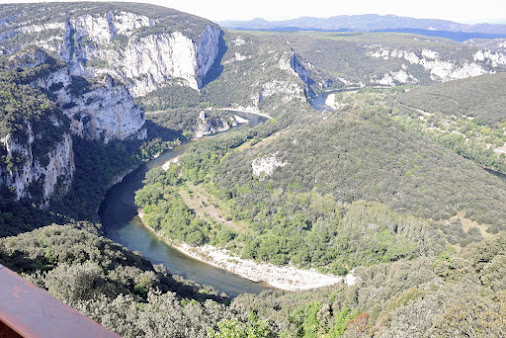After the the holiday I think Jackie and I suffered from holiday blues and we didn't manage to get out birding until the 6th when we went on our Osprey watch at Carey. It wasn't until the next day when we joined friends at Blashford that we started to add some species to our year list, having being away we needed to catchup and get the year list running again as we had dropped behind our annual target.
Our morning visit to Blashford added two species with Garden Warbler and Common Tern. This must be one of the best places to see Garden Warbler as they are everywhere and an excellent location to compare their song to Blackcap. It's even better when they sit out in the open and sing for you so you can get a shot of one.
 |
| Garden Warbler - Blasford Lakes HWT Reserve © Nick Hull |
On the 8th we were out again this time around Morden Bog and had nice views of Woodlark and heard our first Cuckoo of the year. On the 9th I did my heathland bird survey at Holton Heath and added Whimbrel. It wasn't until the 12th when Jackie and I had a trip up around Dorset's northern chalk area of Wyke Down and Wimborne St. Giles that we added our first Swift, House Martin and Common Whitethroat for the year. Though I have to say these species were far more common around the area twenty years ago. We visited the area again on the 15th after visiting friends and added Grey Partridge and Sedge Warbler.
 |
| Sedge Warbler - © Nick Hull |
On the 19th Jackie and I had an overnight stay down on the Somerset Levels visiting Greylake and Ham Wall RSPB, Shapwick Heath and Westhay Moor NNR. It was a shame that where we stay hadn't any extra nights available for us. Though in the short time we had we were able to get Bittern, Yellow Wagtail, Pochard, Hobby and Cattle Egret on our year list. Plus lots of odonata a few butterflies and our first Grass Snake of the year amongst all the other super wildlife found in the area.
We went to Greylake RSPB first we were hoping for a view of a Montagu's Harrier which had been visiting on and off for a week or two but unfortunately it didn't turn up for us. But we had some nice birds and I photographed a soldier fly which I had seen before and looking it up it was an Ornate Brigadier Odontomyia ornata. As flys go it was rather attractive looking.
 |
| Ornate Brigadier - Greylake _ © Nick Hull |
We spent the morning at Greylake and went off to the Avalon Marsh cafe for lunch and then onto Ham Wall for the rest of the day. The most obvious animal that could be seen was the large numbers of Four-spotted Chaser that were around. There must have been a large emergence over the last week or so, as they were everywhere.
 |
| Four-spotted Chaser - Ham Wall © Nick Hull |
We also had around four Bittern booming here and at least four Hobby speeding around hunting the over the reedbeds. There were several sightings of Great White Egrets and Grey Heron moving back and forth from their nesting colony. It was also here that we caught up with Pochard which we had missed during the winter as fewer numbers now visit Dorset in the winter.
 |
| Summer plumaged Great White Egret © Nick Hull |
The shot above of the Great White Egret shows it is in full summer plumage showing the black bill and the green lores and red blushed legs as it comes into land into the reedbed.
Next morning we decided to do Shapwick Heath first thing then decide at lunch what we would do before heading home in the afternoon. Well Shapwick produced lots of odonata many of which we had already seen at Ham Wall. One that was nice to catch up with was a damselfly which has become much easier to see over recent years the Variable Damselfly or Bluet which is the new name for them. Some authorities say they are a variant of Azure Blue but even though they look similar they have a few features that are different. The antehumerial stripes are broken and they often rest with the wings splayed as the one below shows. They also often show a blue bar between the two blue spots on top of the head which Azure do not. This is a species that is doing well in the UK and certainly one to look out for in Dorset.
 |
| Variable Blue Damselfly © Shapwick Heath © Nick Hull |
|
Another damselfly that we came across which is one I can't remember seeing in the UK before, well knowingly anyway, that was Large Red-eyed Damselfly (E.najas) though only saw two individuals this male and a female later, both looked very fresh so not long emerged.
 |
| Large Redeye or Red-eyed Damselfly _Shapwick Heath © Nick Hull |
We met Terry at lunch at Ham Wall, Terry is my reptile survey colleague who was also down for the day trying to photograph the Four-spotted Chaser at roost. He mentioned to us he had seen the Grass Snake at the bridge so we headed off to the bridge and Jackie found the Grass Snake basking on the vertical cage of a gabion which makes up part of the bridge foundation.
 |
| Grass Snake - Ham Wall - ©Nick Hull |
The Grass Snake looked very comfortable resting on the face of the gabion, believe me the photograph doesn't show how vertical it was. (Terry later had three there).
Before going off to Westhay we grabbed some lunch back at the Avalon cafe. As we approached the Westhay reserve I noticed a white bird in the field to our right, stopping and taking a quick look it turned out to be our first Cattle Egret of the year, later we had two others in flight. We walked a different trail this time from previous visits and again here we had Bittern booming and good numbers of odonata which included two Scarce Chaser which we get at home but not so numerous so are very nice to see.
 |
| Scarce Chaser - Westhay Moor NNR © Nick Hull |
We also had glimpses of Bearded Tit which were obviously feeding young on an island in front of the hide and good views of Reed Warbler.
 |
| Reed Warbler - Westhay Moor © Nick Hull |
We ended the day taking a scenic route home.





_0565.jpg)


















































































